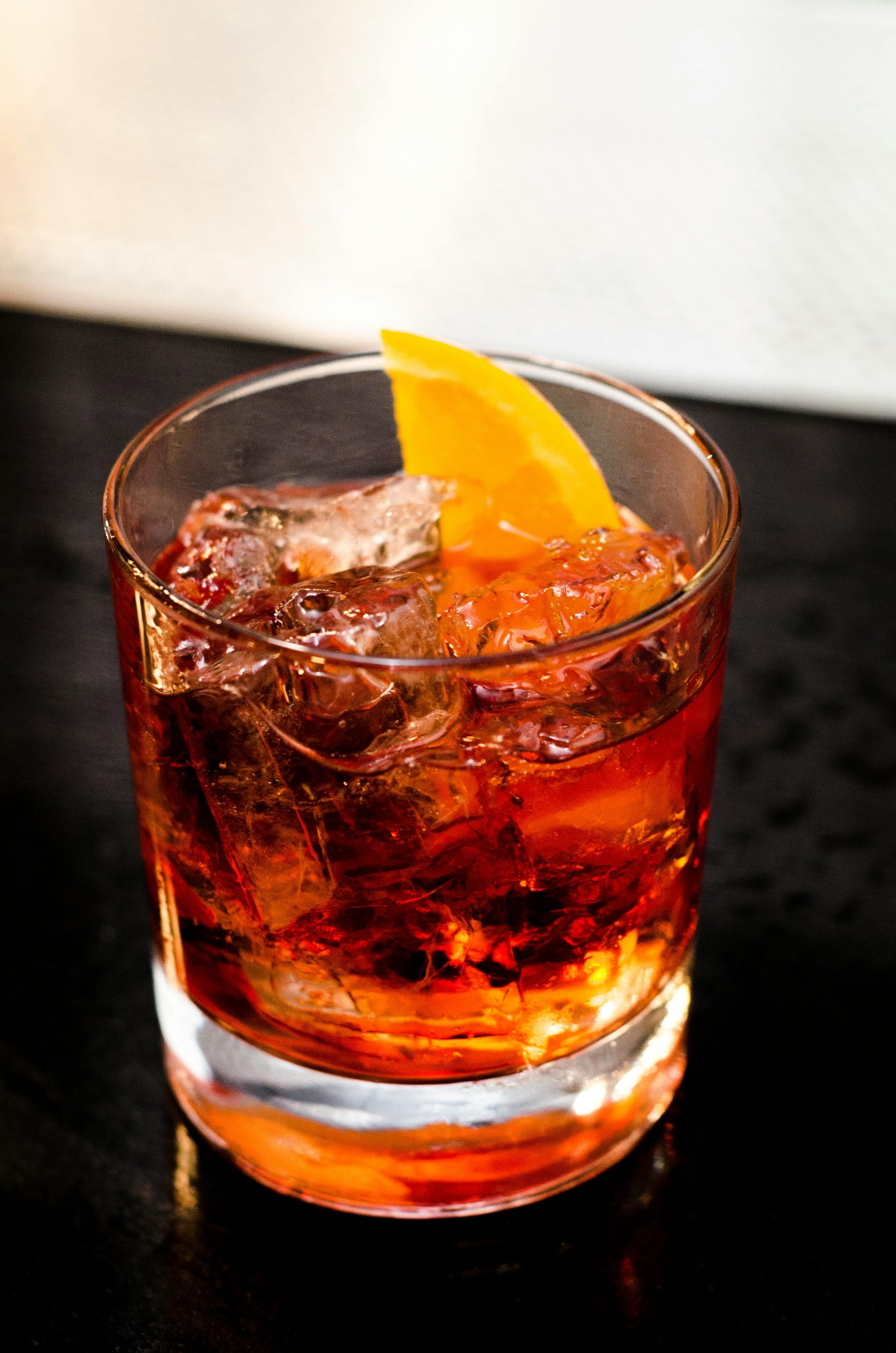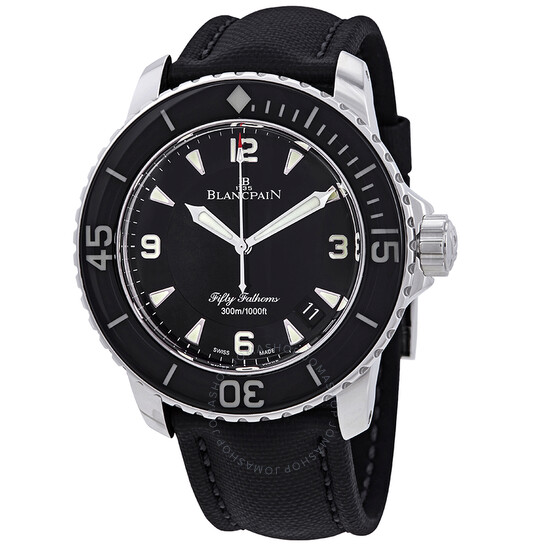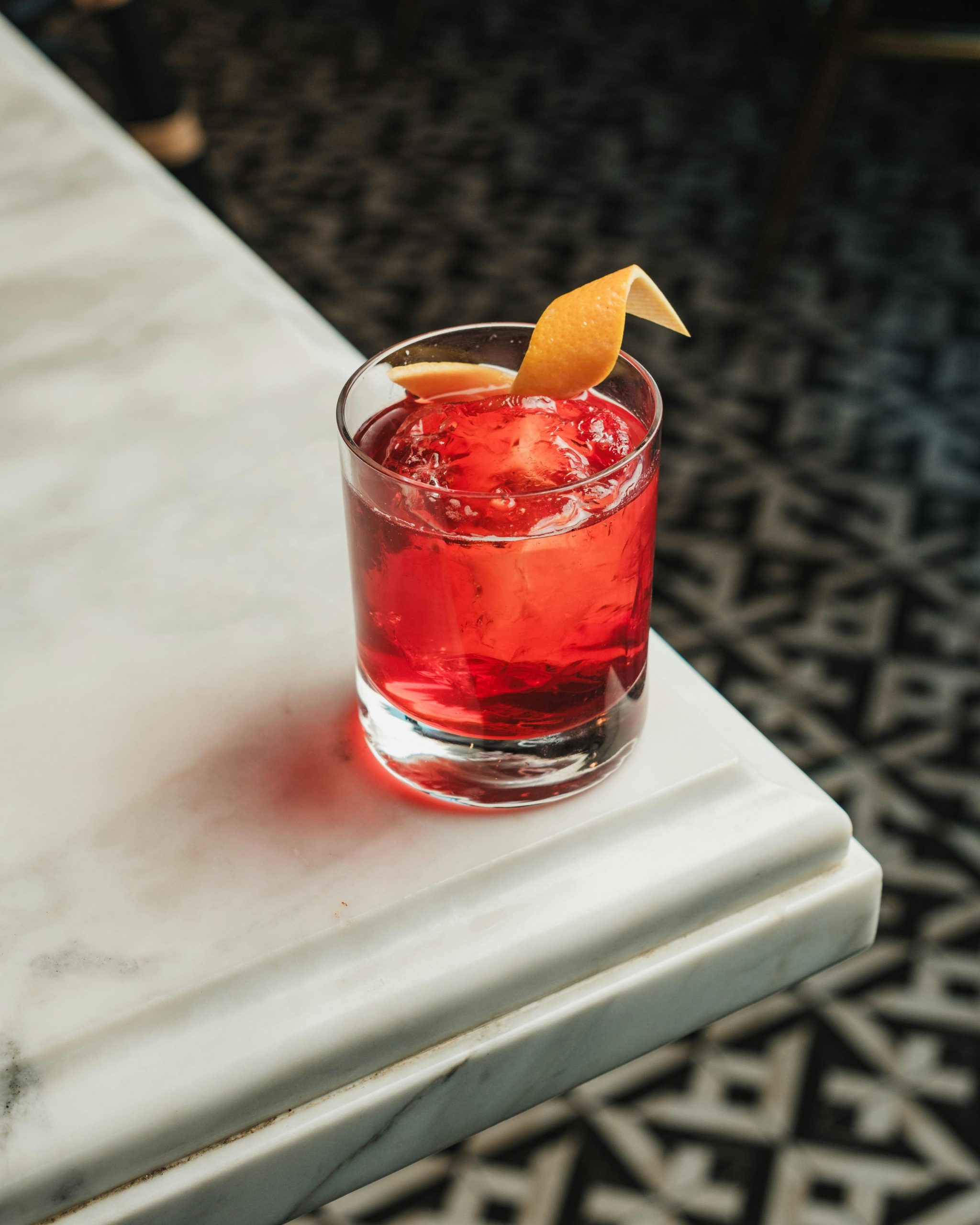When it comes to iconic cocktails, few can rival the timeless Negroni for its bold simplicity, rich history, and enduring appeal. Whether you’re sipping one at a chic rooftop bar in Florence or mixing it up at home after a long day of travel, the Negroni’s ruby-red hue and bittersweet symphony of flavors make it a perennial favorite. In this deep dive, we’ll explore the fascinating history of the Negroni cocktail, spotlight the pivotal role of Campari, trace its rise to global stardom, and share the classic recipe along with two irresistible variations. Plus, we’ll toast to its cameos in popular culture—because what’s a great drink without a little cinematic flair? Perfect for travelers and cocktail enthusiasts alike, this is the ultimate guide to the Negroni.
The Origins of the Negroni: A Tale of Italian Ingenuity
The Negroni’s story begins in 1919 in Florence, Italy—a city synonymous with art, romance, and, as it turns out, brilliant mixology. Legend has it that Count Camillo Negroni, a worldly adventurer with a taste for strong drinks, strolled into Caffè Casoni (now Caffè Giacosa) and asked bartender Fosco Scarselli to spice up his usual Americano—a mix of Campari, sweet vermouth, and soda water. The Count requested gin instead of soda, and thus, the Negroni was born. Garnished with an orange peel to distinguish it from its predecessor, this new concoction quickly became a sensation.
While the tale is widely accepted, some historians debate its specifics, suggesting the Negroni family may have exaggerated the Count’s role for prestige. Regardless, the cocktail’s birthplace in Florence ties it to Italy’s rich aperitivo tradition—a pre-dinner ritual travelers can still experience today in bustling piazzas. The Negroni’s blend of bitter, sweet, and boozy notes perfectly embodies the Italian knack for balancing life’s pleasures.
Campari: The Heartbeat of the Negroni
No Negroni would exist without Campari, the vibrant red liqueur that defines its flavor profile. Created in 1860 by Gaspare Campari in Novara, Italy, this bittersweet aperitif is a closely guarded secret, rumored to contain over 80 ingredients like bitter orange, rhubarb, ginseng, and exotic spices. Its striking color—originally derived from cochineal insects, now synthetic—makes it instantly recognizable.
Campari’s taste is an adventure in itself: a bracing bitterness upfront, followed by citrusy brightness and a lingering herbal complexity. In the Negroni, it plays the starring role, cutting through the sweetness of vermouth and the sharpness of gin to create a harmonious, robust drink. For travelers, a visit to the Campari Galleria in Milan offers a deep dive into its history, complete with vintage posters and a taste of its legacy. Fun fact: Campari’s rise paralleled Italy’s unification, making it a symbol of national pride—and a must-try on any Italian itinerary.
The Negroni’s Rise to Global Stardom
Though it debuted in 1919, the Negroni remained a niche drink for decades, beloved by Italian locals and in-the-know expats. Its international breakthrough came in the mid-20th century, fueled by post-war travel and the jet-set crowd. By the 1950s, it was popping up in bars from London to New York, embraced for its sophisticated simplicity—no muddling or shaking required.
The cocktail renaissance of the early 2000s catapulted the Negroni to new heights. Bartenders rediscovered its versatility, and its equal-parts recipe (1:1:1) made it a darling of the craft cocktail scene. In 2013, Negroni Week—launched by Imbibe magazine and Campari—cemented its status, with bars worldwide raising funds for charity while pouring countless variations. Today, it’s a staple on menus from Tokyo to Tulum, and its Instagram-worthy color doesn’t hurt its appeal. Google Trends shows searches for “Negroni recipe” spiking annually around Negroni Week (typically June), proving its staying power.
For travelers, the Negroni is a globetrotting companion. Sip one at Harry’s Bar in Venice for old-world charm, or try a modern twist at speakeasies like The Dead Rabbit in New York. Its resurgence mirrors a broader love for bitter flavors—think aperitifs like Aperol or artisanal amari—making it a cultural touchstone for foodies and wanderers alike.
The Classic Negroni Recipe

Ready to mix your own? Here’s the timeless recipe that started it all. It’s as easy as it is elegant, perfect for a travel-inspired happy hour.
Ingredients:
- 1 oz gin
- 1 oz Campari
- 1 oz sweet vermouth
- Orange peel (for garnish)
Instructions:
- Fill a mixing glass with ice.
- Pour in gin, Campari, and sweet vermouth.
- Stir gently for 20-30 seconds until chilled.
- Strain into a rocks glass over a large ice cube.
- Express the orange peel over the drink by squeezing it to release oils, then drop it in or drape it over the rim.
Pro Tip: Use a quality gin (like Tanqueray or Bombay Sapphire) and a fresh, aromatic vermouth (Carpano Antica is a favorite) to elevate the experience.
Two Tempting Negroni Variations
The Negroni’s equal-parts formula begs for experimentation. Here are two twists to try on your next adventure.
1. Negroni Sbagliato (“Mistaken Negroni”)
Born from a happy accident in Milan’s Bar Basso, this sparkling version swaps gin for prosecco.
Ingredients:
- 1 oz Campari
- 1 oz sweet vermouth
- 1 oz prosecco
- Orange slice (for garnish)
Instructions:
- Fill a rocks glass with ice.
- Pour Campari and vermouth over the ice.
- Top with prosecco and stir gently.
- Garnish with an orange slice.
Light and effervescent, it’s perfect for a sunny afternoon in Tuscany.
2. White Negroni
A modern riff invented by British bartender Wayne Collins in 2001, this swaps Campari for lighter, floral liqueurs.
Ingredients:
- 1 oz gin
- 1 oz Lillet Blanc
- 1 oz Suze (a gentian-based liqueur)
- Lemon twist (for garnish)
Instructions:
- Stir gin, Lillet Blanc, and Suze with ice in a mixing glass.
- Strain into a chilled coupe glass.
- Garnish with a lemon twist.
Its pale hue and herbal bite make it a refreshing detour from the classic.
The Negroni in Popular Culture
The Negroni’s charisma extends beyond the bar, popping up in movies, books, and songs. In The Sopranos, Tony Soprano’s crew occasionally sips Negronis, nodding to their Italian roots. James Bond opts for one in the short story “Risico” by Ian Fleming—a rare departure from his martini. More recently, Stanley Tucci’s viral Negroni tutorial during lockdown (watch it on YouTube) sent fans into a mixing frenzy.
In literature, Anthony Bourdain championed the Negroni in Kitchen Confidential, calling it “a perfect drink.” Musically, it’s less explicit, but you’ll find its vibe in the sultry jazz of Paolo Conte’s Italian classics—ideal Negroni-sipping soundtrack. Onscreen, its red glow graces The Talented Mr. Ripley, evoking la dolce vita. For travelers, spotting a Negroni in the wild feels like a wink from pop culture history.
Why the Negroni Endures
At its core, the Negroni is more than a drink—it’s a journey. From its Florentine origins to its modern resurgence, it bridges continents and eras with effortless cool. Campari’s bitter edge keeps it grounded, while its adaptability invites innovation. Whether you’re chasing its history in Italy or shaking up a variation at home, the Negroni is a traveler’s cocktail: bold, portable, and endlessly inspiring.
So, next time you’re plotting a trip—or just dreaming of one—stir up a Negroni. Pair it with a sunset view, a good book, or a classic film, and let its bittersweet magic transport you. Have a favorite variation or Negroni memory from your travels? Drop it in the comments—I’d love to hear your story.






Leave a Reply